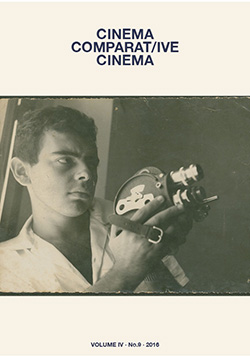DOWNLOAD |
No 9 EZTETYKAEditorial. Eztetyka DOCUMENTSRevolution Tricontinental Godard by Solanas. Solanas by Godard FILMS UNDER DISCUSSION. INTERVIEWSABSTRACT ABSTRACT ABSTRACT ARTICLESABSTRACT ABSTRACT ABSTRACT ABSTRACT REVIEWSTEN BRINK, Joram and OPPENHEIMER, Joshua (eds.) Killer Images. Documentary Film, Memory and the Performance of Violence MONTIEL, Alejandro; MORAL, Javier and CANET, Fernando (coord.) Javier Maqua: más que un cineasta. Volumes 1 and 2
|


